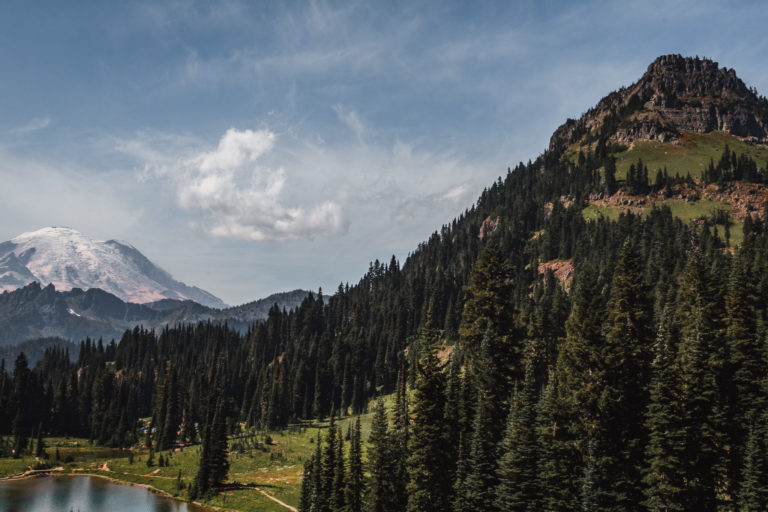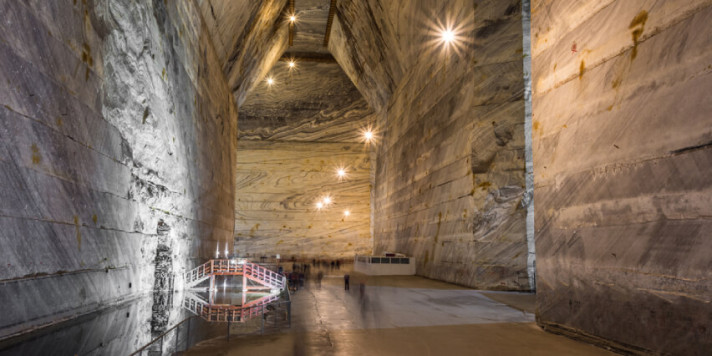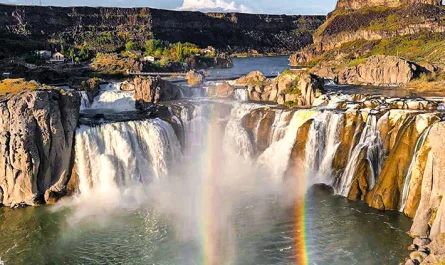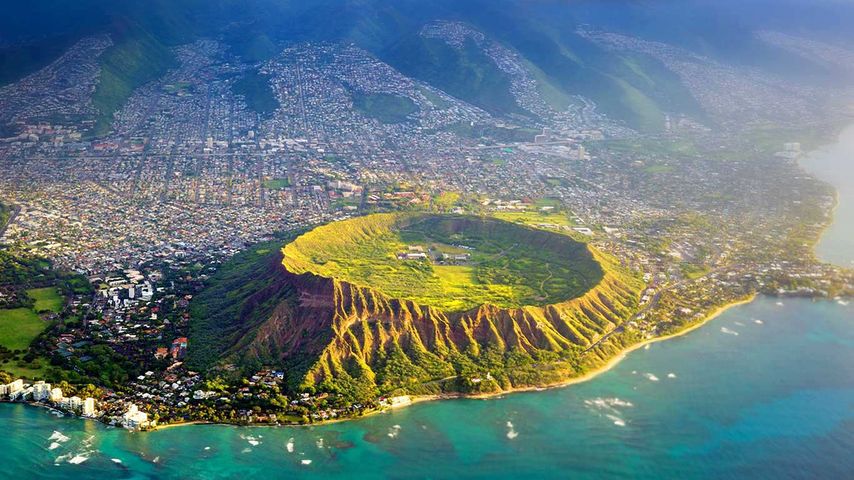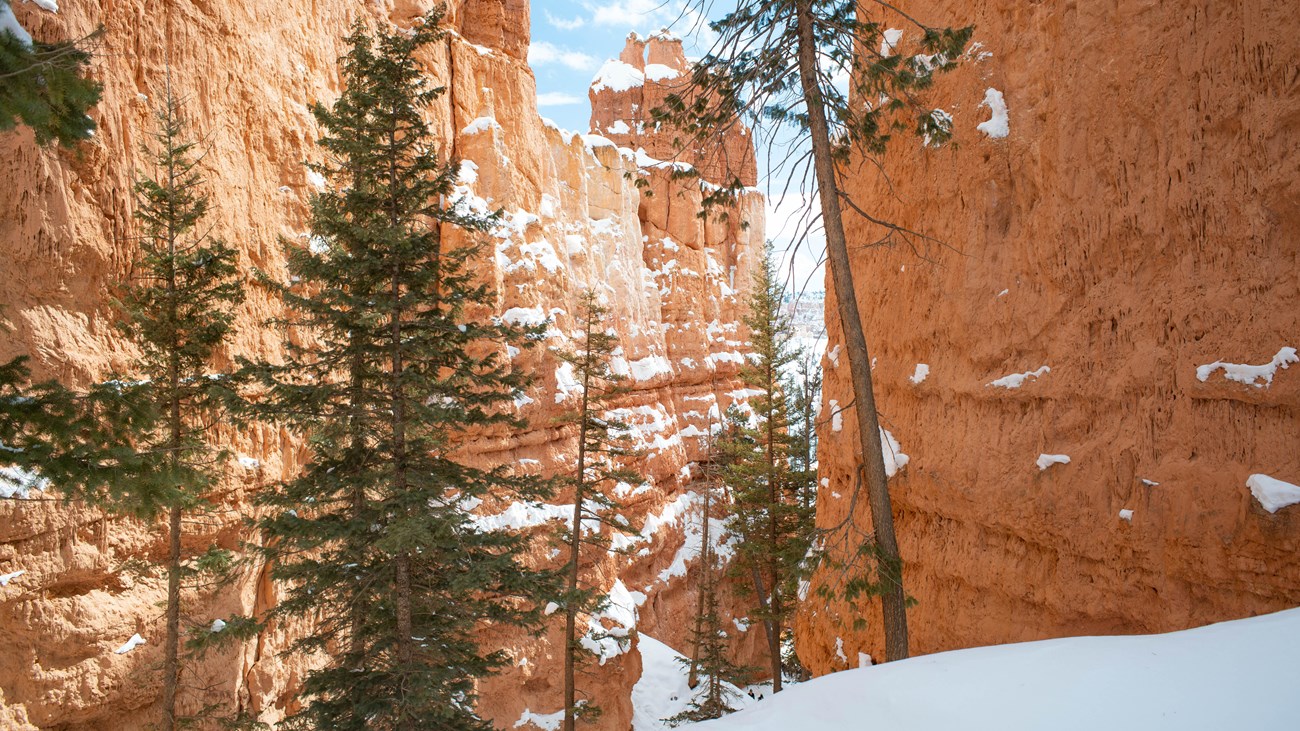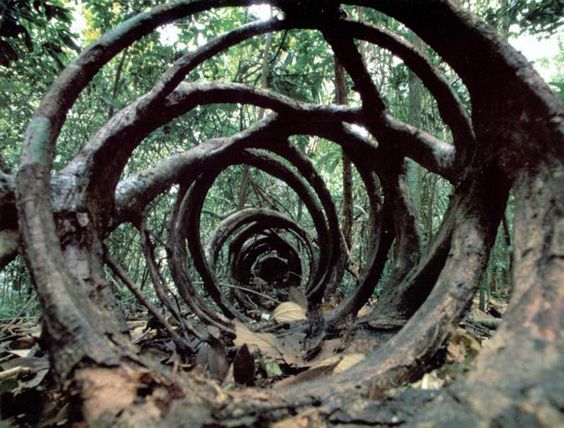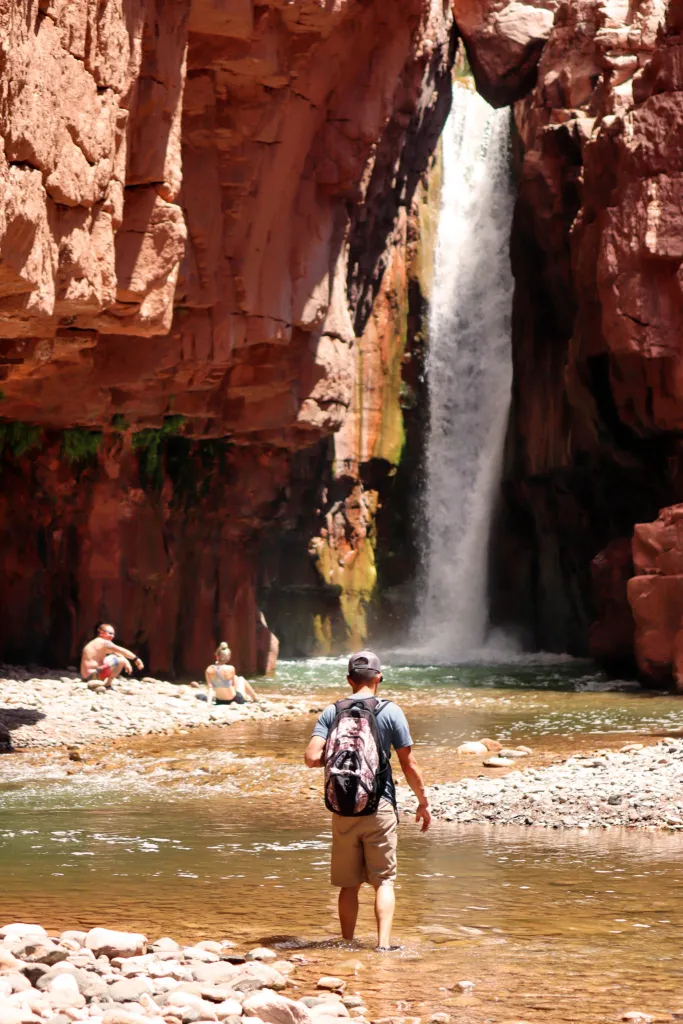
If you love waterfalls, adventure, and secluded trails, THIS is the adventure for you. Cibecue Falls is a one-of-a-kind hike in Arizona. It is expensive and time-consuming, but definitely worth it at least once. I’ve had this hike on my Arizona Bucket List for YEARS, and finally did it. I’m here today to give you all of the information and preparation you need to have a great trip! Check out my video below for a preview of this adventure!
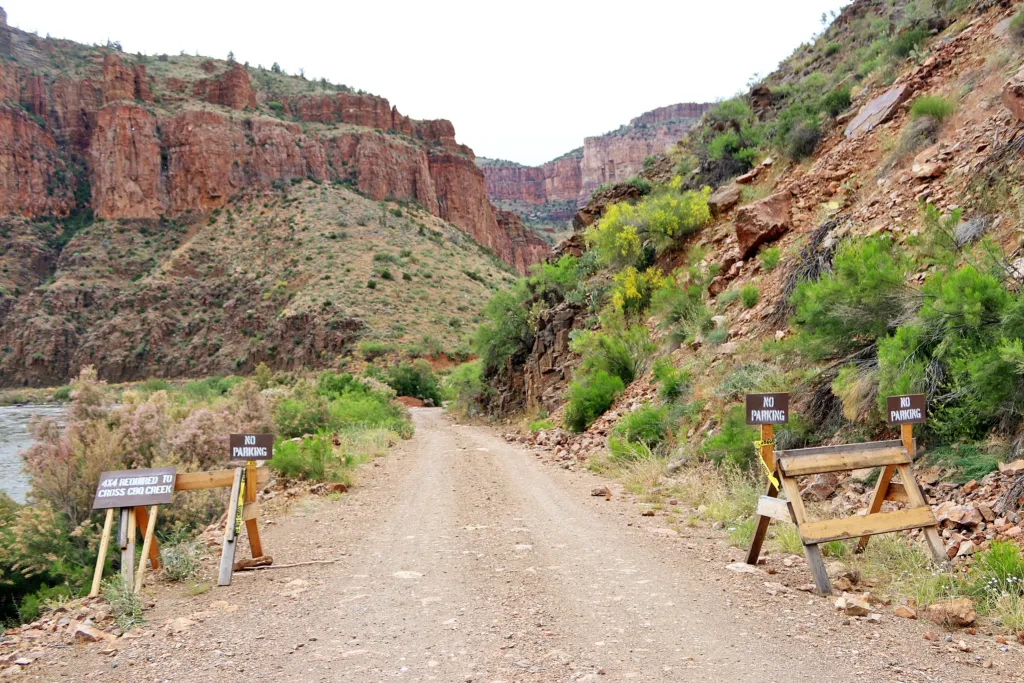
WHAT IS THE BEST TIME TO HIKE TO CIBECUE FALLS?
Cibecue Falls can be hiked any time of the year, but typically this is a summer hike due to water temperatures (between May and September). The temperatures in Phoenix (and Cibecue) can get up to 120 degrees in the summer, however, so you need to be careful. I suggest hiking early in the morning, or late in the afternoon.
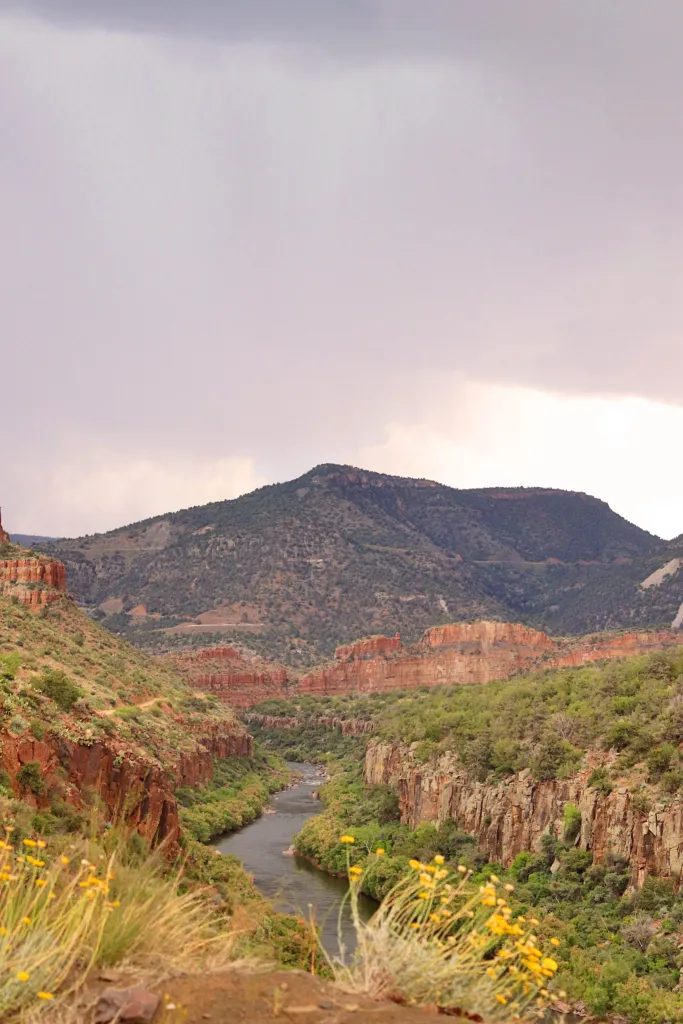
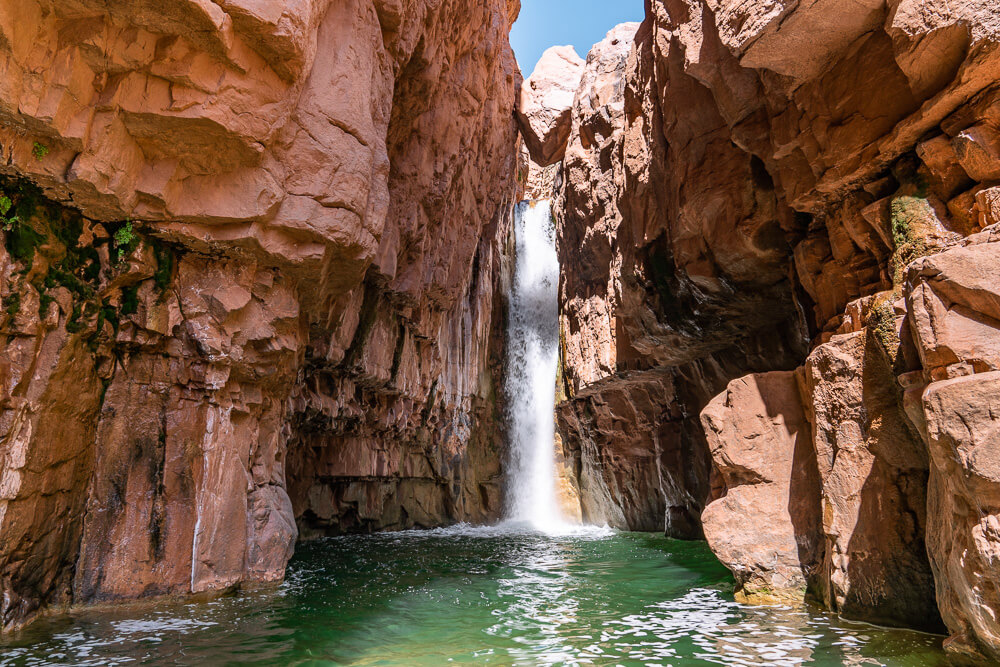
The nice thing about this hike is that it’s in a canyon, so you will have shade (unless you hike in the middle of the day). We started our hike a little after 3pm over Memorial Day Weekend and finished at 5pm. It was a toasty 95 degrees when we started and the heat was making me cranky, until we started to hike through the water. Another safety precaution- Monsoon Season is typically July-September which can cause flash floods. If there’s rain on the forecast, don’t go do this hike- it’s not worth it.
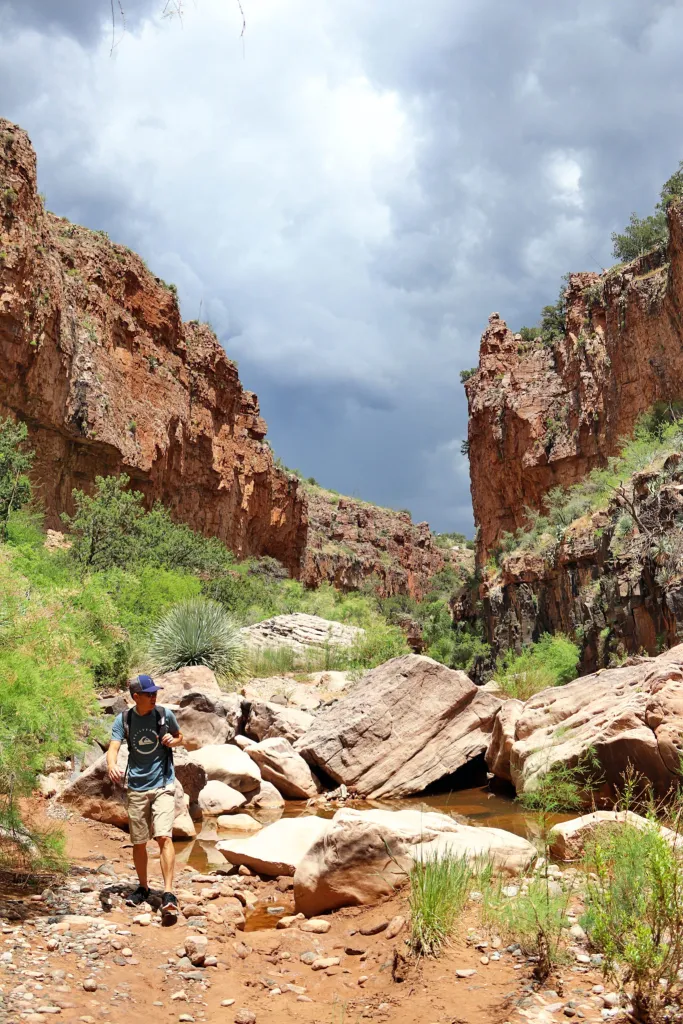
Although much of Arizona comprises arid landscapes, this Southwest state is also home to phenomenal waterfalls. Getting to some of these cascades can involve lengthy desert hikes in remote areas, while others aren’t too far from urban centers. A few of the most impressive pristine falls are found in the Grand Canyon, one of the best places to visit in Arizona; you should plan to camp at the bottom of the canyon overnight to see them.
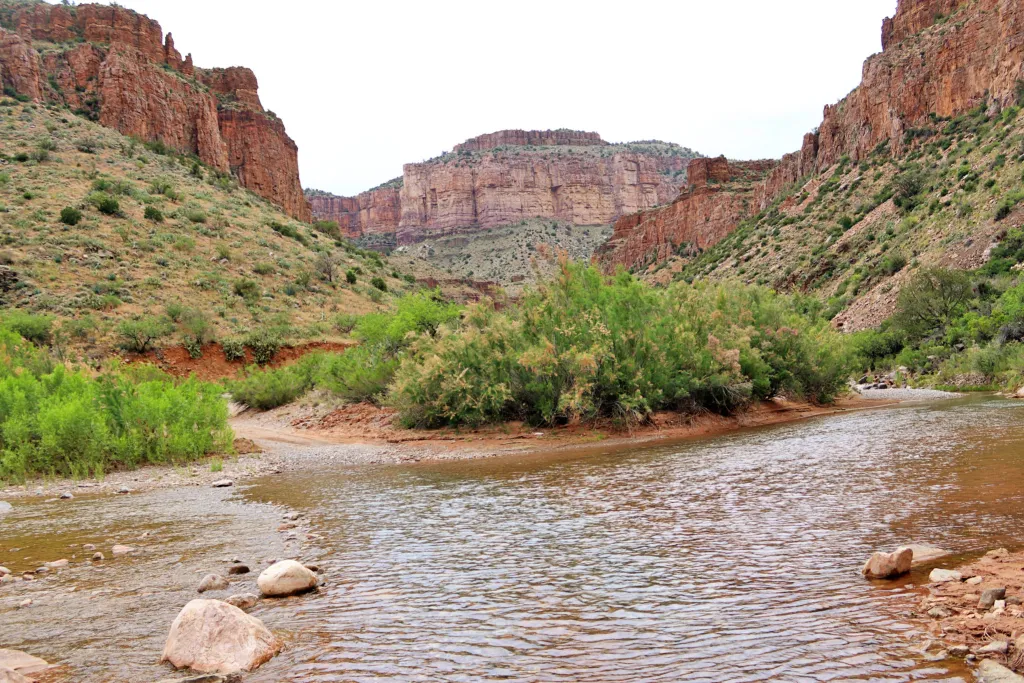
If you are vacationing in Arizona and have your heart set on seeing some of the state’s most amazing waterfalls, you may want to schedule your visit for the early spring, when snowmelt from the mountains causes the rivers and creeks feeding the falls to run high. In the heat of the summer months, bodies of water may instead run dry – at least until a steady bout of rain.
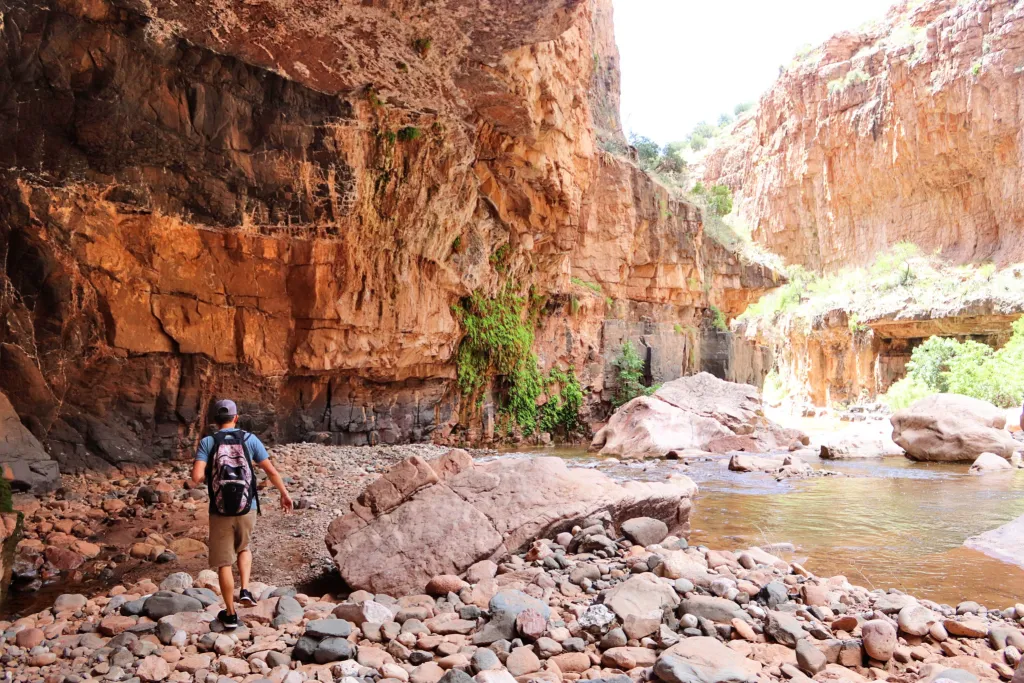
In whatever season you’re planning to go hiking, be sure to carry plenty of water, wear sturdy hiking shoes, and keep an eye out for creatures on the trail spanning scorpions to rattlesnakes to Gila monsters. Here are 16 of the most amazing Arizona waterfalls worth the hike.
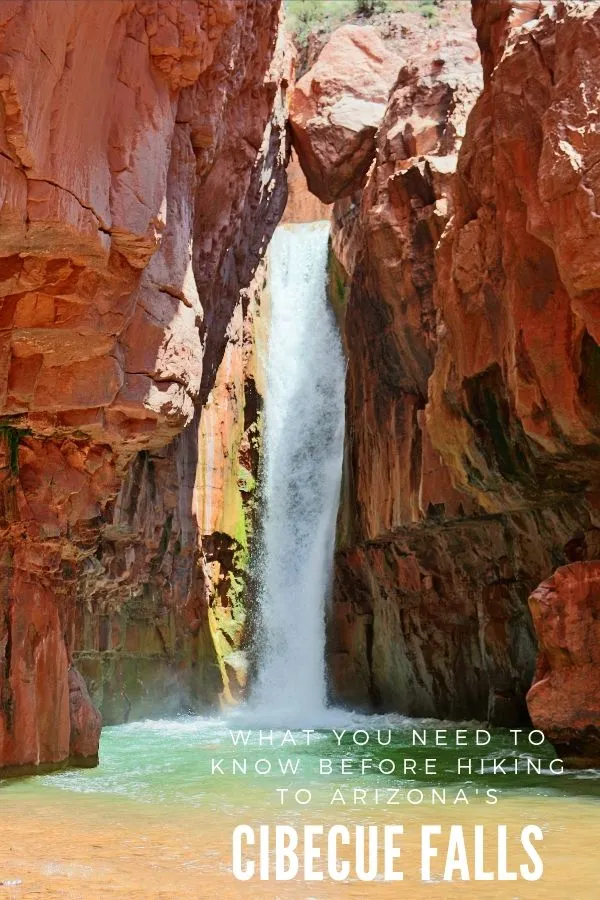
Havasu Falls
Earning its place on the bucket list of many who travel to Arizona, the gorgeous Havasu Falls is located on the Havasupai Indian Reservation inside the Grand Canyon (but is not part of Grand Canyon National Park). In order to hike to this waterfall, you’ll need to secure a permit from the Havasupai Tribe and make reservations at the campground or the Havasupai Lodge in Supai Village. Permits – which can be challenging to obtain – typically go on sale on Feb. 1 for the forthcoming travel season, which runs through November. The trail is subject to closures from June to August because of flooding and extreme heat.
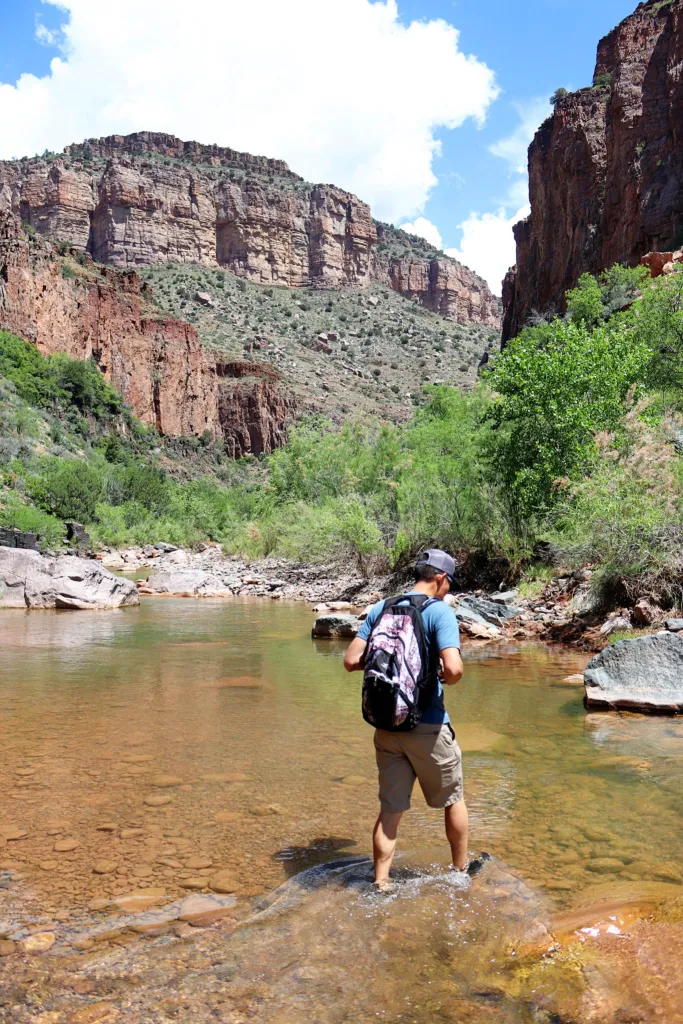
The downhill trek from the canyon rim at Hualapai Hilltop to Supai Village, where the lodge is located, is 8 miles; the campground and Havasu Falls are another 2 miles. Once you’re settled at your camp, you can also take a day trip to several other beautiful waterfalls in the area, such as Beaver Falls.
Keep in mind that at the bottom of the canyon summer temperatures regularly exceed 100 degrees and the hike can be strenuous; it’s thus critical that you pack plenty of water (none is available on the trail) and wear proper clothing and sunscreen. And remember: The return trip is all uphill. If you do commit to this hike, you’ll be rewarded with the chance to swim in a bright blue-green pool of refreshing water at the base of mesmerizing Havasu Falls.
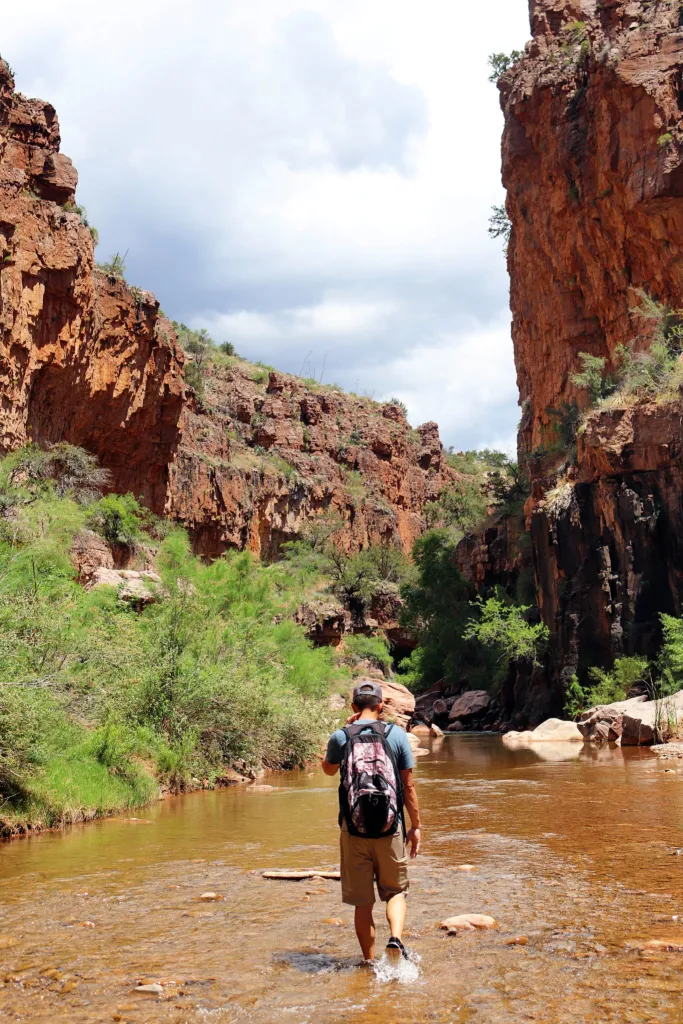
Cibecue Falls
The 3-mile, out-and-back Cibecue Creek Trail to Cibecue Falls sits in east-central Arizona. Its trailhead on the Fort Apache Reservation – home to the White Mountain Apache Tribe – is about 45 miles north of the town of Globe and 35 miles south of the town of Cibecue. To hike this moderately difficult trail you’ll need a Cibecue Falls Access Permit, which is available for purchase at nearby gas stations and convenience stores. The permit does not, however, allow you to camp, fish or swim at Cibecue Falls. Swimming is prohibited throughout the reservation, so be sure to stay out of the water even if it looks tempting. Cell service is minimal here; you may want to download a map of the area before you start your trek.
Seven Falls
You’ll find the Seven Falls Trail – which fittingly takes you past seven waterfalls – in the Sabino Canyon Recreation Area, located within the Coronado National Forest, about 15 miles northeast of downtown Tucson. To reach these natural falls and pools, park near the visitor center and pay a day use fee, then follow signs to Bear Canyon Trail (No. 29). From the parking lot, the 8.6-mile out-and-back trail to Seven Falls begins on pavement and then follows the canyon floor, involving multiple creek crossings (which can be tricky at rare times of high water). You can cut some distance off your trek if you take one of the 30-minute Bear Canyon electric shuttles from the visitor center to the trailhead of Seven Falls for a fee.
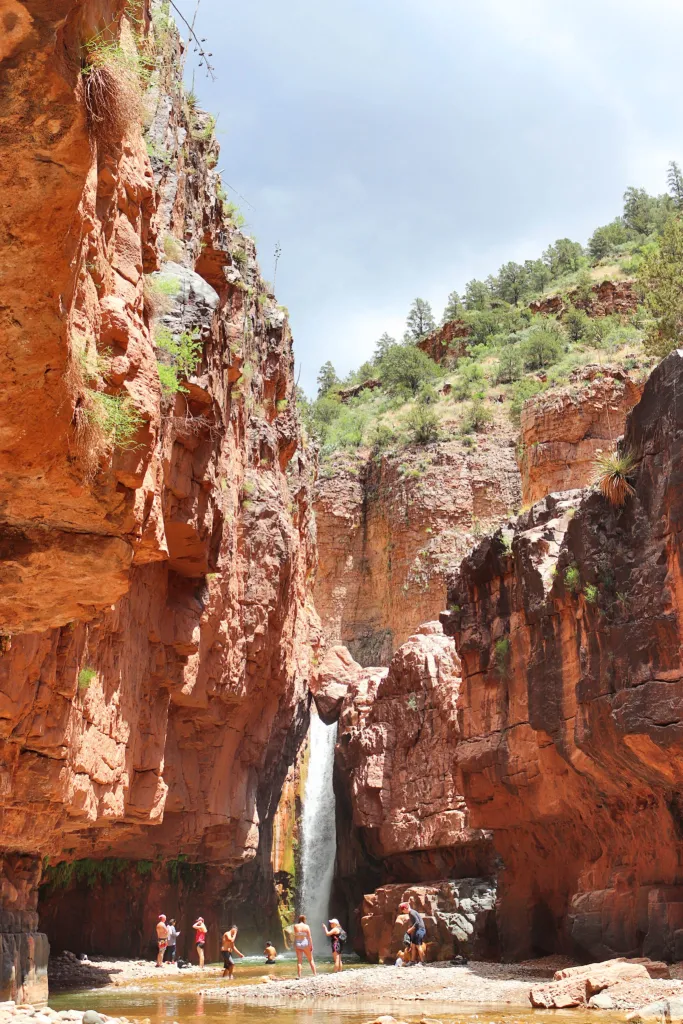
Seven Falls may be best enjoyed in late winter or early spring, when the cascades are flowing heavily due to snowmelt. That said, take note of U.S. Forest Service notices regarding trail closures because of flooding after heavy rains or other conditions. Especially in the summer months, when temperatures soar, be sure to pack plenty of drinking water. Visitors like to cool off in the pools of water below the falls, but space for swimming may be at a premium in the summer, with the cascades slowing to a trickle.
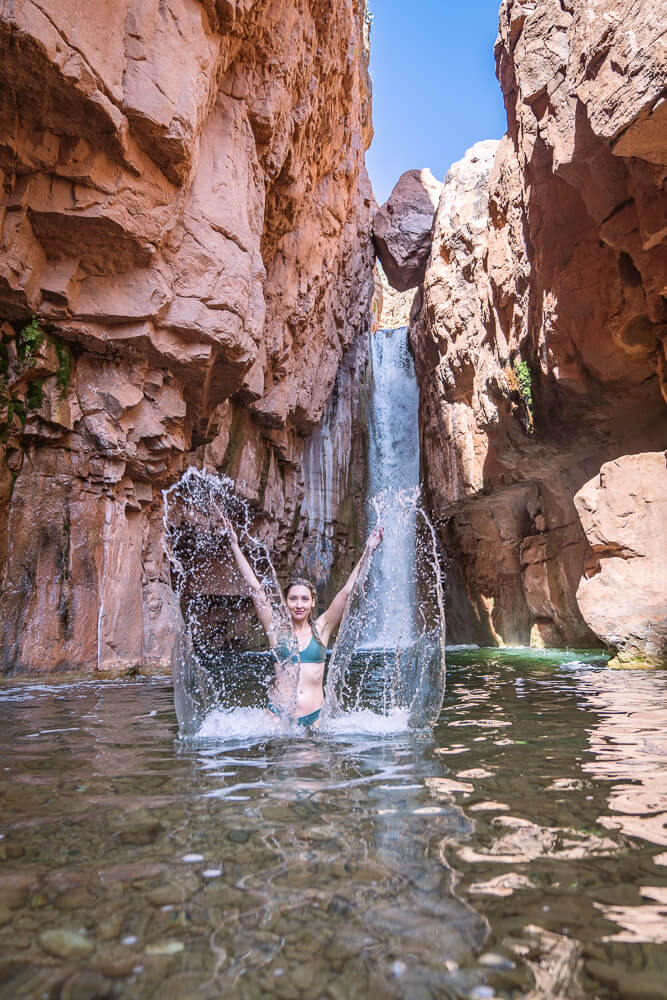
Fossil Creek Falls
The Fossil Creek Recreation Area in the Coconino National Forest is about 85 miles south of Flagstaff. The mile-long Waterfall Trail hike follows blue-green Fossil Creek, known for its travertine deposits, to a natural waterfall. If you visit Fossil Creek Falls during the summer season from April 1 to Oct. 1, you need to make a reservation for an entry permit and parking pass, the latter of which must be printed out and displayed on your car’s dashboard; outside of those dates, reservations are not needed. The dirt road to reach the Fossil Creek Recreation Area via the town of Camp Verde is bumpy; a four-wheel-drive vehicle is recommended, since the drive is so rough. Note that there is no access to the creek or waterfall from Strawberry, Arizona. In addition, the U.S. Forest Service warns that swimming or cliff diving near the falls is extremely dangerous.
Pacheta Falls
Reservation. You’ll traverse lengthy and bumpy backcountry roads to reach the falls, and route-finding skills are recommended. One approach is the approximately 60-mile drive from the small town of McNary along state Route 260 and state Route 273, past Reservation Lake Campgrounds and Pacheta Lake Campground. Alternatively, it’s about 45 miles along county roads from the town of Whiteriver. Each visitor must obtain a Pacheta Falls Access Permits for entry to the area around Pacheta Falls; you can pick up a permit from certain vendors on the reservation.
While you can access the falls directly using old logging roads if you happen to have a high-clearance, four-wheel-drive vehicle, another option is to hike from the junction of County Road 8 and Pacheta Creek. From there it’s about 1.25 miles along a faint creek trail with water crossings to a picturesque and pristine waterfall that reaches about 130 feet in height. Keep in mind that swimming is not permitted at Pacheta Falls or in any waters on White Mountain Apache Tribe land.
Mooney Falls
If you’re planning a backpacking adventure to Havasu Falls in the Grand Canyon, Mooney Falls should also be on your must-see list. Like Havasu Falls, Mooney Falls is located on the Havasupai Reservation, so you’ll need a camping reservation and permit to access the area. From the northwest end of Havasupai Campground, it’s a relatively easy 1-mile hike to reach the top of Mooney Falls. The real challenge comes if you choose to climb to the base of the waterfall: You’ll need to make your way down a cliffside passageway involving chains and ladders. While you can admire the 200-foot cascade of water just fine from the top of the trail, if you’re a confident hiker who’s not afraid of heights, it’s surely worth the short, steep hike to see this amazing waterfall from the blue-green pool at its base. Go early in the day to miss the “rush hour” and avoid having to wait for other travelers to descend.
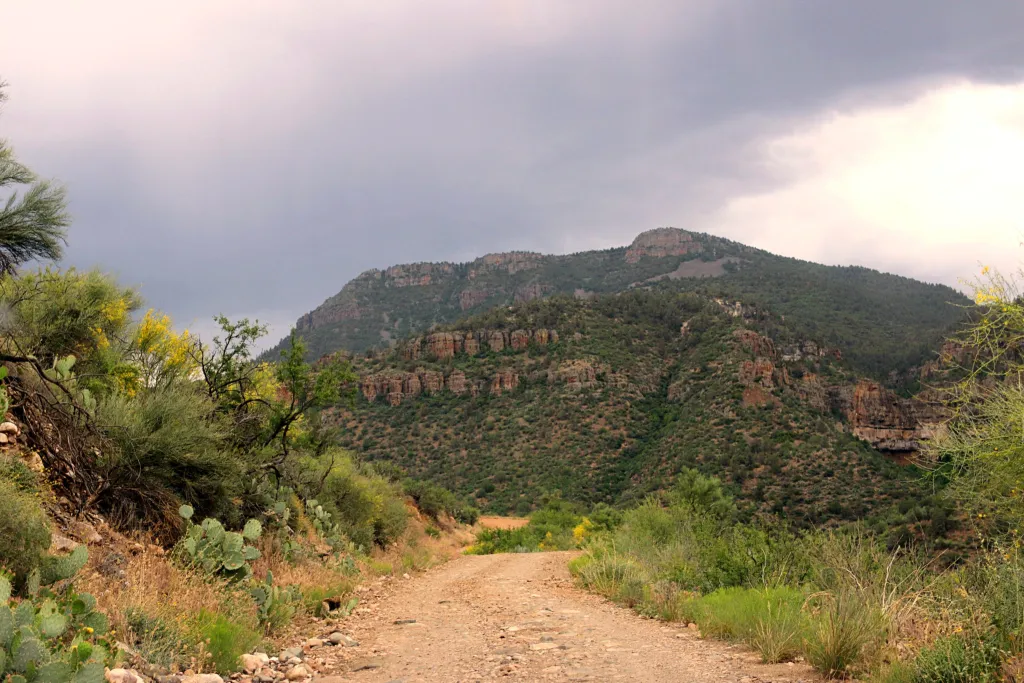
Navajo Falls
Navajo Falls is yet another scenic cascade located just upstream from Havasu Falls in the Grand Canyon. If you’re already planning to make the descent to the Havasupai Reservation on a backpacking trip, make sure you take time to visit beautiful Navajo Falls as well, as long as you have secured a camping reservation and permit. From the Havasupai Campground, it’s a little more than a half-mile hike south to reach Navajo Falls, or you can take the little side trip on your way to the campground.
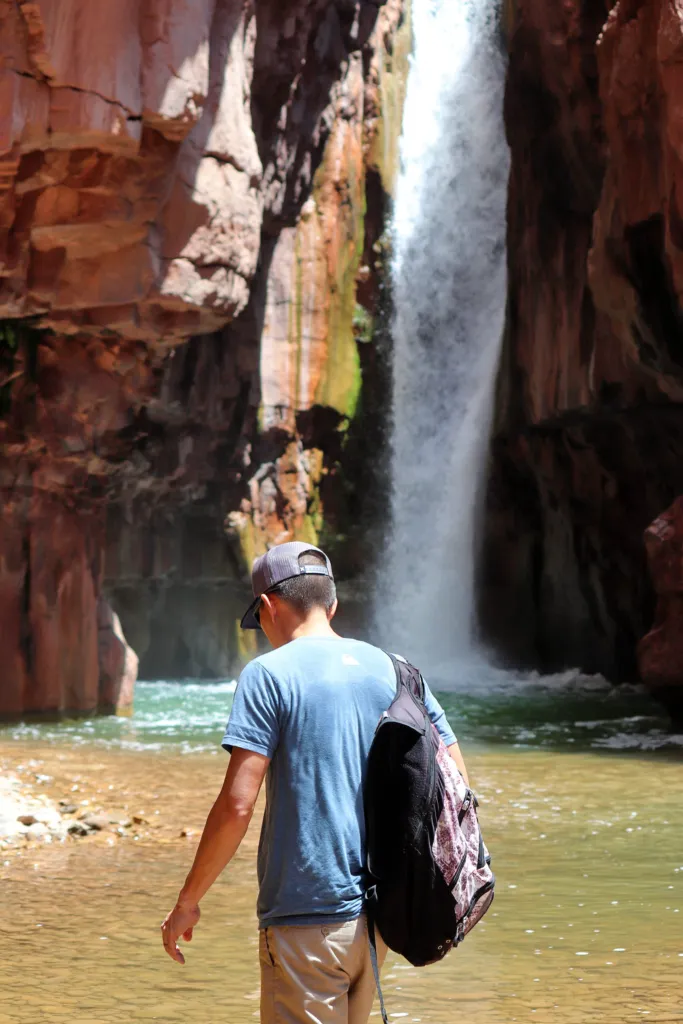
There are actually two sets of waterfalls: Upper Navajo Falls, which is partly hidden from the main trail, and Lower Navajo Falls, which is more easily accessible. If Havasu Falls is packed with people cooling off in the turquoise pool at its base, Navajo Falls is a great alternative way to feel refreshed after the long hike from Hualapai Hilltop into the canyon.
